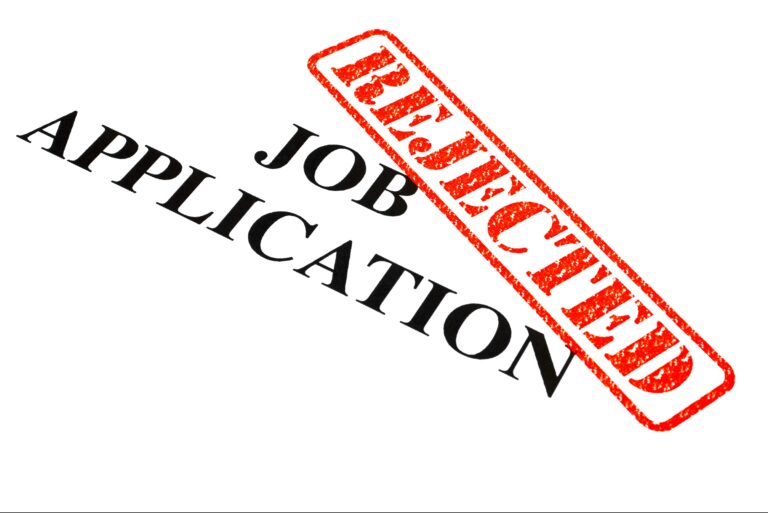As we continue into 2022, there’s no time like the present to stop and take a look around at the latest technology pushing UX design trends to an exciting next level.
Which is why it’s important to stay on top of the latest UX design trends.
To effectively design solutions for modern-day problems, designers need to have an in-depth understanding of the advancements in technology and new forms of communication to create impactful and useful products for their users.
Here are 5 examples of UX design best practices happening in 2022:
1. Voice User Interface
You may wonder why voice user interface is considered a new tech trend since it’s been around for a while. What makes VUI a growing movement for 2022 is how it’s been transformed. No longer a gadget for turning on the oven or making dinner reservations from your car – devices like smartphones, tablets, and televisions are now being enhanced with the addition of voice control systems. And tech giants like Google, IBM, Cisco and Slack are all investing millions in voice technology. There’s definitely something happening here that is one of the significant UX design trends.
2. Storytelling
Storytelling is one of the notable UX design trends – especially for companies trying to market their product or service in an oversaturated media circus with short consumer attention spans.
Instead of hard sell advertising or marketing techniques, storytelling allows companies to build a strong connection with their customers. Leveraging a variety of media, the best corporate storytellers create fluid messaging that meets customers wherever they interact with their brand. Whether it’s in-store, through social media, or via content, a good story helps customers learn more about the company’s products and services in the places they prefer. This leads to more and deeper customer engagement.
3. Personalized Interface
Today more companies are personalizing their messaging to not only put a face on their brand but create a two-way dialog with customers and prospects. Unlike the days of mass media marketing, personalized interface can be directed to the consumer on a one-to-one basis – using media the consumer is comfortable using. In the end, personalization is a great way for marketers to creatively show their customers that they understand them and are looking out for their best interests.
4. The Growth of Remote Work
The Covid-19 pandemic has forced many designers to work from home for months on end. While this has been a challenge for some, many have found that working remotely offers a lot of benefits.
The future of UX will be sure to reflect this trend. Many companies understand that the pre-COVID days are gone. Flexible schedules and a healthy work-life balance are the new normal. The office politics, stress of commuting, and continuing uncertainty caused by the virus are just three things workers have cited as to why remote work is the right choice for them. And this isn’t just a few disgruntled employees – according to a recent Forbes article it’s the largest societal change in America since the end of World War II. Now that’s big.
5. Emotive Interaction Design
Emotive interaction design – or emotional design – has been defined as design that anticipates and accommodates users’ needs and responses. Or put another way, it’s all about creating experiences that create an emotional response in users.
Animations and other effects create experiences that resemble human interactions. These encourage consumers to build a deeper connection to a website, video or app. It’s the UX designer’s job to reach consumers on three levels: visceral, behavioral, and reflective – enabling their audience to develop positive emotions about a brand, product or service.
Interested in learning more about a career in the field of UX design? Contact Smith Hanley Associates’ Market Research and Consumer Insights Executive Recruiter, Daniel Wilberschied at dwilberschied@smithhanley.com.



